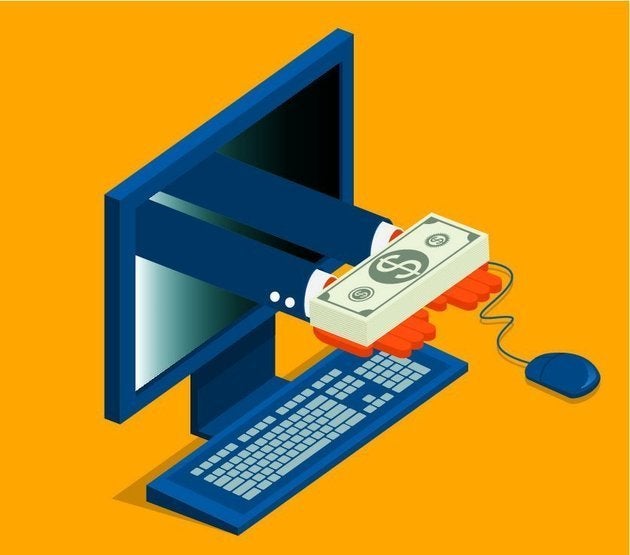Ransomware remains one of the most personally invasive forms of cybercrime: a weapon which takes your files and then encrypts them until a sum of money has been paid to the attackers.
It’s almost impossible to detect and can installed through spam, websites, images and much more.
It’s also fantastically effective, so much so that criminal organisations have used it to extort money from universities, hospitals and even entire governments.

Now in an attempt to help the general public fight back national cyber authorities along with the world’s top IT companies have created an online tool which, they hope, will turn the tide.
It’s called ‘No More Ransom’ and it’s a website which offers two forms of help. The first is a comprehensive library of information on how to protect yourself from ransomware, what it is and how your PC is likely to be infected by it.
The second is a far more powerful tool, and it allows you to upload the affected files upon which the organisation will scan it, detect the kind of malware that’s installed and then see if it can be removed using the 160,000 decryption keys which have been collected.
This is an incredibly powerful tool, and you’d expect as much when you think that it has been built by Interpol, Intel Security and Kaspersky Labs.
The hope is that by giving the public a means to fight back they can effectively cut out a huge revenue stream for criminal organisations.

“The biggest problem with crypto-ransomware today is that when users have precious data locked down, they readily pay criminals to get it back. That boosts the underground economy, and we are facing an increase in the number of new players and the number of attacks as a result. We can only change the situation if we coordinate our efforts to fight against ransomware.” says Jornt van der Wiel, Security Researcher at Kaspersky Lab.
Wil van Gemert, Europol Deputy Director Operations finally adds: “For a few years now ransomware has become a dominant concern for EU law enforcement. It is a problem affecting citizens and business alike, computers and mobile devices, with criminals developing more sophisticated techniques to cause the highest impact on the victim’s data.
So how does ransomware work?
Typically the software is hidden inside an email. Once the email is opened the virus is installed onto the computer, it will then either search for important personal information or simply lockdown the entire computer.
Once installed the software then demands that the user pays a ransom and in return the victim regains control of their computer.
While it’s most typically found on computers and laptops there are increasing reports of ransomware being found on smartphones.
One such piece of software uses the front-facing camera on the phone to take a picture of the victim, it then locks the phone claiming that the person was viewing child pornography.
The contents of the smartphone is then completely locked unless a fee of $500 is paid.
